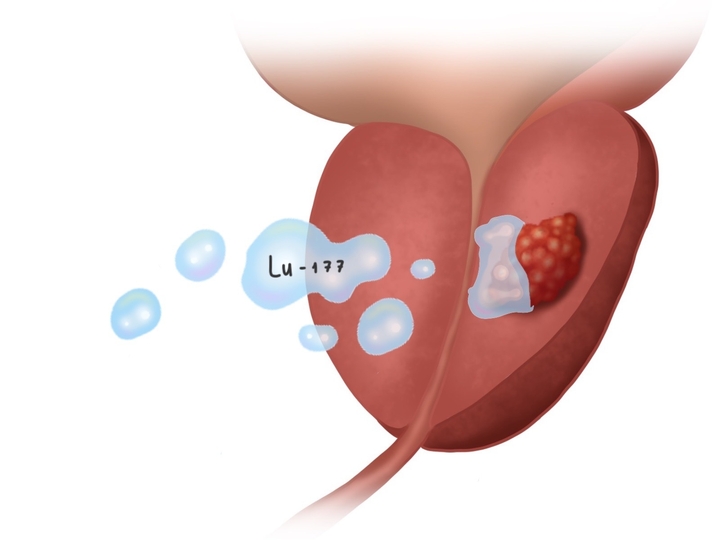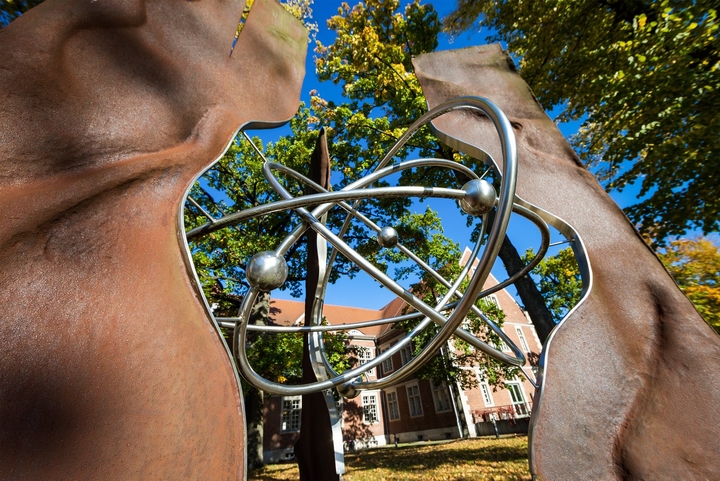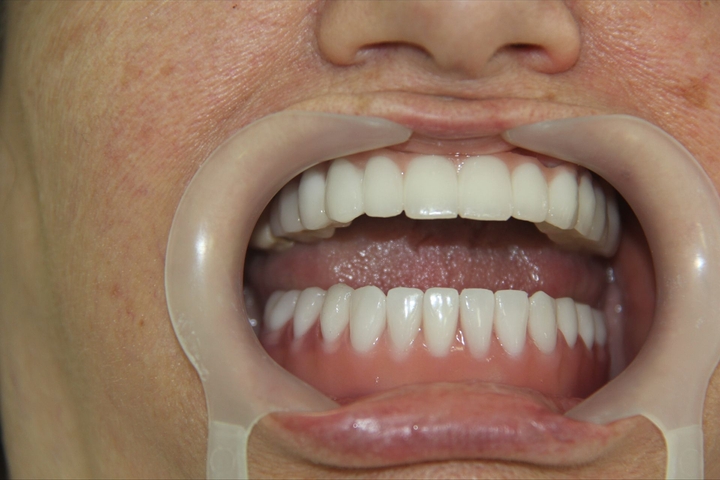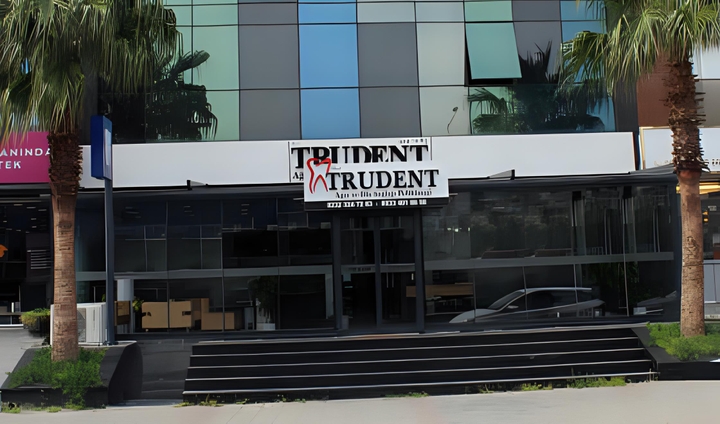Arthroscopic Reconstruction of the Knee Joint’s Cartilage | Regenerative Therapy Center Manchester, UK
Manchester, UK
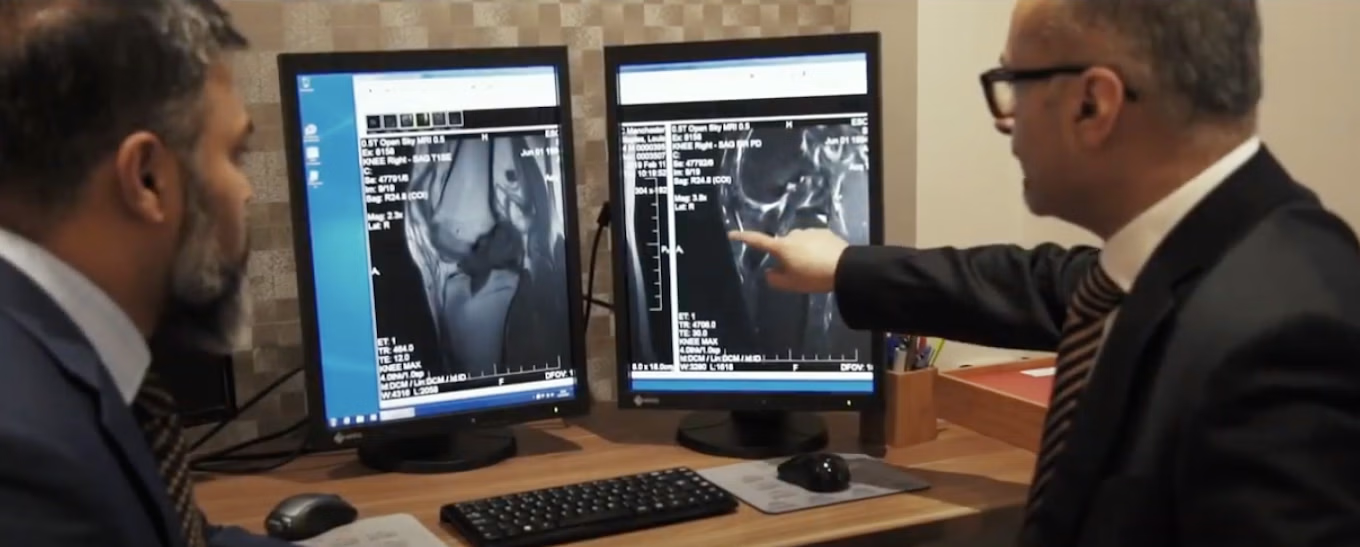
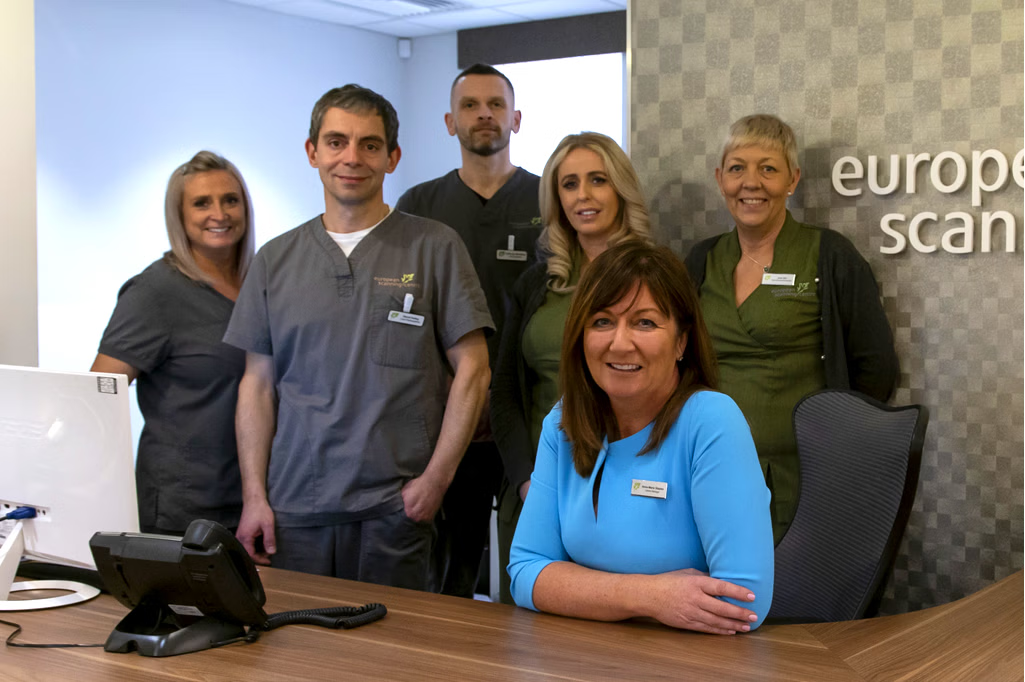
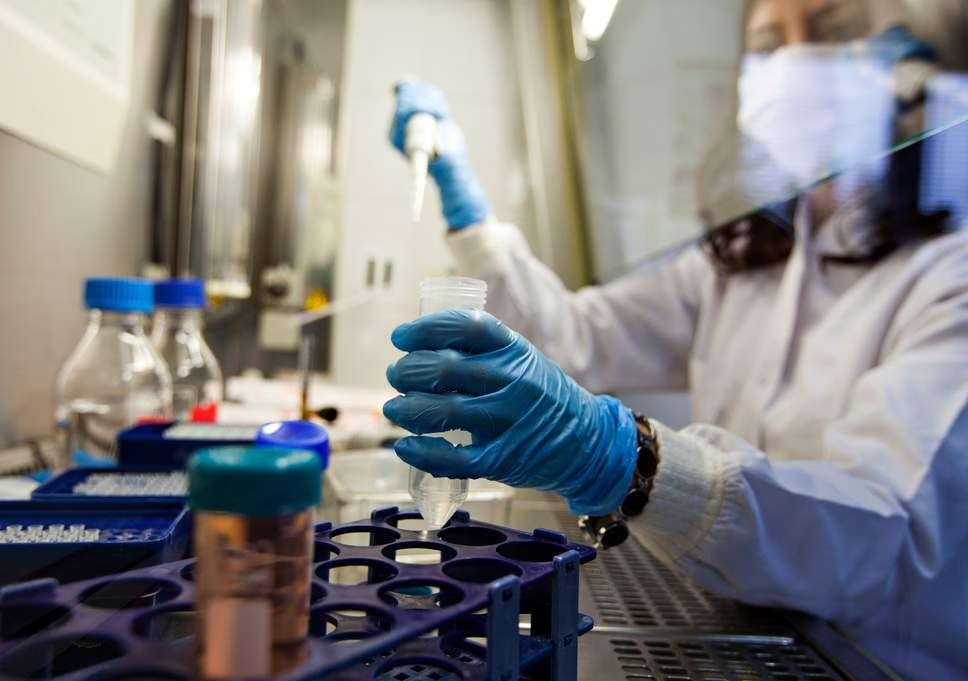
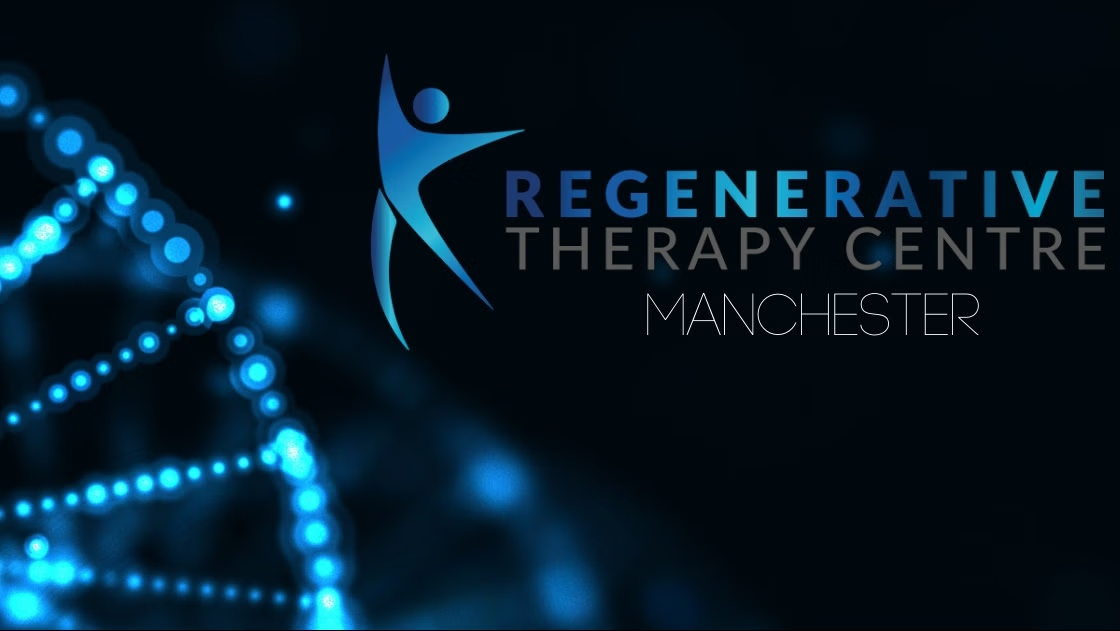
Overview
Age group
Adults
Type of care
Outpatient
Method
Microinvasive
About the offer
What’s included
Medical service
- Orthopedics consultation
- General medical examination
- Orthopedics medical examination
- Complete blood count
- Blood type test
- Coagulation screen blood test
- Partial biochemical profile (including kidney and liver functions)
- Urinalysis
- Other lab tests according to the doctor's prescription
- Pre-op assessment
- MRI of the knee (if required)
- Preoperative preparation of the patient
- Local anesthesia applying
- Performing arthroscopic reconstruction of the knee joint’s cartilage
- Postoperative care
- Personal and symptomatical treatment
- Cost of essential materials
- Cost of essential medicines
- Anaestesia's costs
- Nursing service fees
- Post-op physiotherapy
Extra add-ons
AiroCare
Meet the provider
stem cell therapy, knee reconstruction surgery, and sports medicine
Why to choose us?
Gallery
Customize this offer
If you're not seeing exactly what you need here, send your custom request. You can discuss the content, specifics, price & timeline to create a personalized plan.
FAQ
What is arthroscopic surgery for knee joint cartilage reconstruction?
Arthroscopic surgery, or keyhole surgery, uses a camera inserted through small incisions to allow the surgeon to view the inside of the knee. This minimally invasive technique enables the surgeon to diagnose and treat issues like torn cartilage, ligament damage, and arthritis by repairing or reconstructing the knee joint cartilage without deep cuts.
Can you walk after arthroscopic surgery for knee joint cartilage reconstruction?
Most patients can begin walking on the same day as the surgery ends, except for certain specific repair procedures. However, walking will be somewhat limited during the first 2-4 weeks post-surgery.
How successful is arthroscopic surgery for knee joint cartilage reconstruction?
Arthroscopic knee joint cartilage reconstruction quickly resolves issues like locking, swelling, and instability. The success rate for healing fixed osteochondral fragments ranges from 75% to 90%, with post-traumatic lesions having an even higher likelihood of recovery.
Individual cost estimate. Non-binding 100% free assessment.

